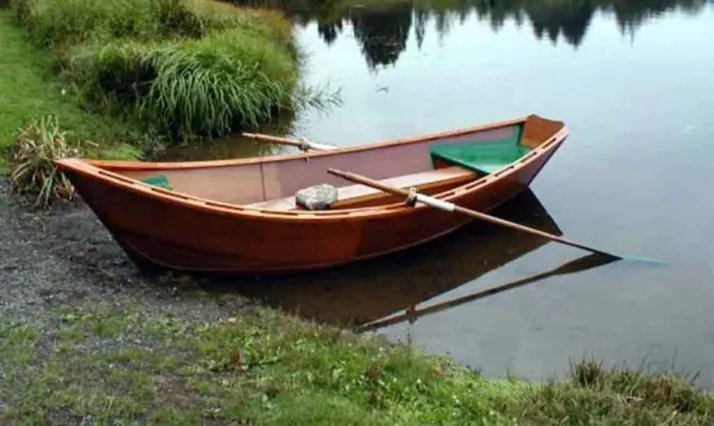 If you have recently taken up fly fishing it’s imperative that you’re able to read the water surface activity, also known as “reading the rise.”
If you have recently taken up fly fishing it’s imperative that you’re able to read the water surface activity, also known as “reading the rise.”
This allows you to know exactly what the fish are doing and also when their activity changes.
What exactly is the rise? The rise is the movement a fish makes when it comes to the water’s surface to take an insect.
Why should you know how to read the rise? Because the fish’s activity lets you know which tactics to use in order to catch fish.
When casting to a rising fish, don’t target the rise rings. Put your fly at least 3-4 feet in front of where you saw the fish last rise, remembering to give yourself time to thrown an upstream mend into the line if needed.
Source: Fly Fishing Tips
Reading The Rise:
- If the water is bulging near the surface, it means the fish are coming near the surface.
- If there are bubbles in the rising ring, the fish are breaking the water’s surface. This is a good time to use a terrestrial or a dry fly pattern.
- If no bubbles appear, fish are feeding below the water surface. When this occurs, use a nymph pattern.
 If the fish’s tail is showing in shallow areas, it means fish are grubbing the bottom. This activity tells you to fish on the bottom using a nymph pattern.
If the fish’s tail is showing in shallow areas, it means fish are grubbing the bottom. This activity tells you to fish on the bottom using a nymph pattern.- A V-shaped rise means a fish is chasing its prey below the surface of the water. Use a bait fish or minnow. You can also use a streamer pattern near the water’s surface.
- If there is excessive activity just below your fly, it has been rejected by the fish. Check your fly to be certain it hasn’t been damaged. However, the refusal of a fly often means the scent is wrong.
- If you see trout dimpling the eddies, this is the early stages of hatch. Use an emerger wingless fly when this type of activity occurs, and you will begin landing trout immediately.
- Check the rhythm of feeding fish — because they often get greedy as they feed and will sometimes strike at anything that resembles food. (But that is something that fish don’t want you to know.) This type of activity allows you to present the fly in a timely manner. To be the most successful, you’ll want to synchronize your fly presentation with the feeding rhythm of fish.
See why it’s important to learn to read the rise? By reading the rise, you will be more likely to enjoy a successful day of fly fishing.
For More Information
I enjoy writing about my life experiences — including the fun times I've had while fishing and enjoying nature. In my fly fishing articles I like to share helpful how-tos to help newbies grasp the most basic concepts of fly fishing.









